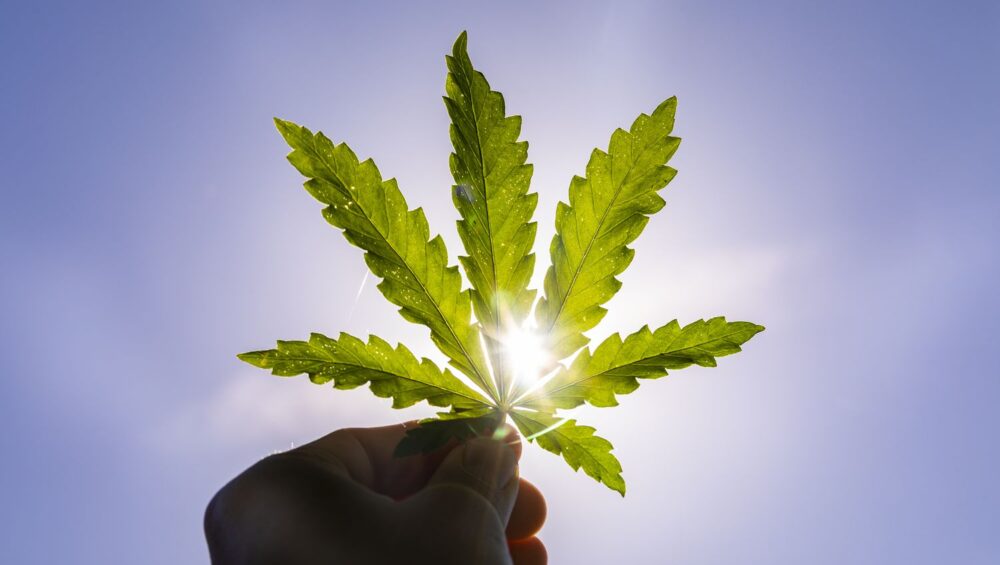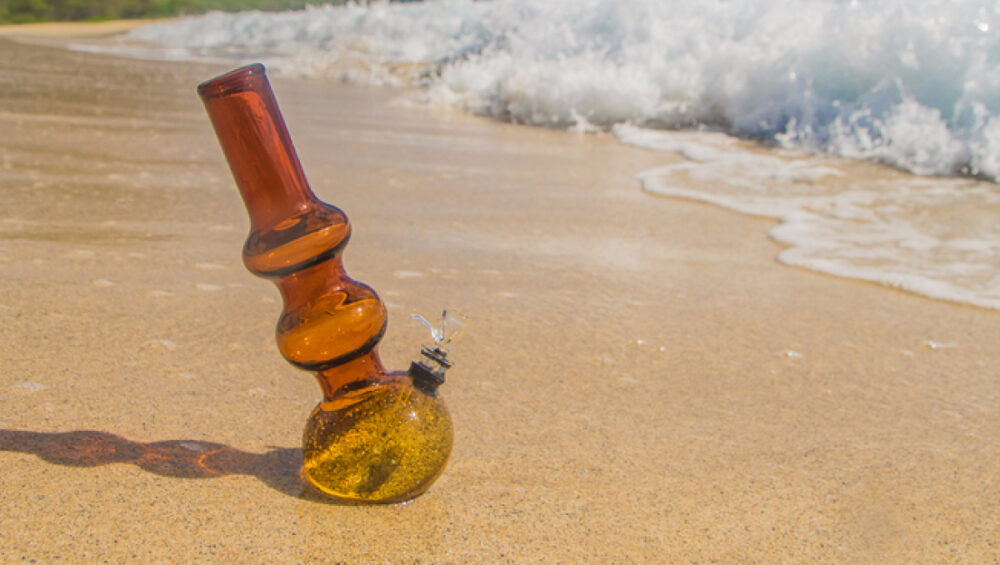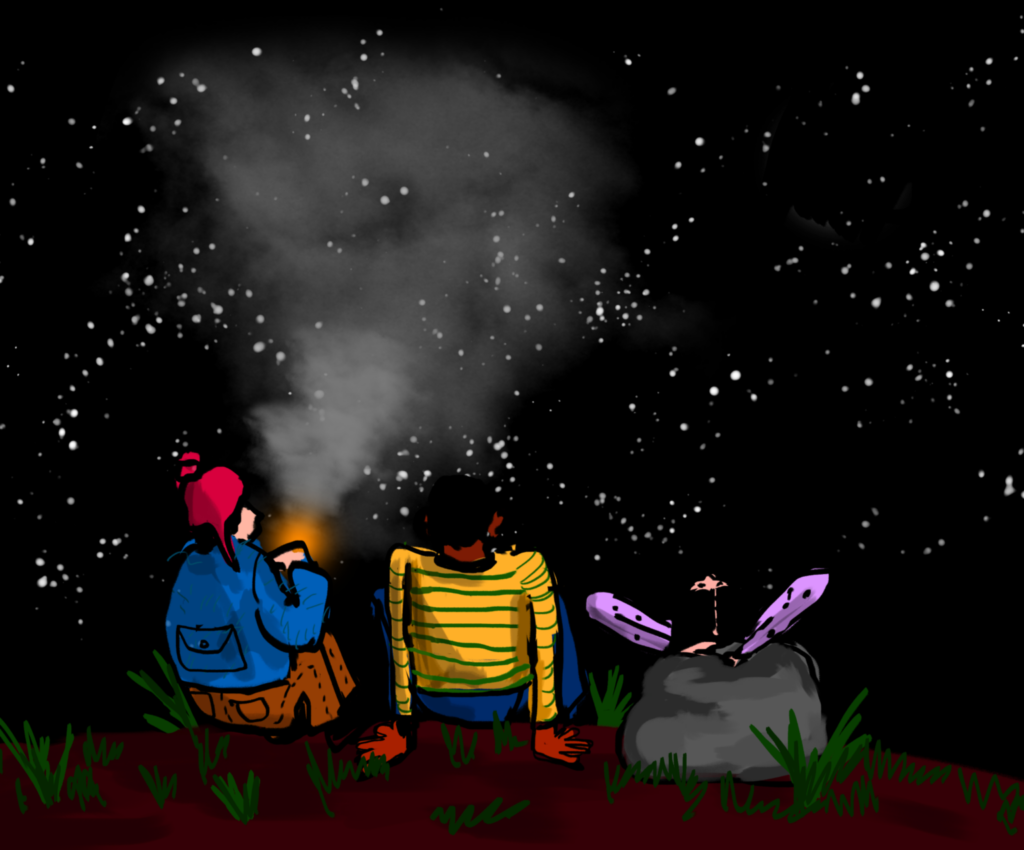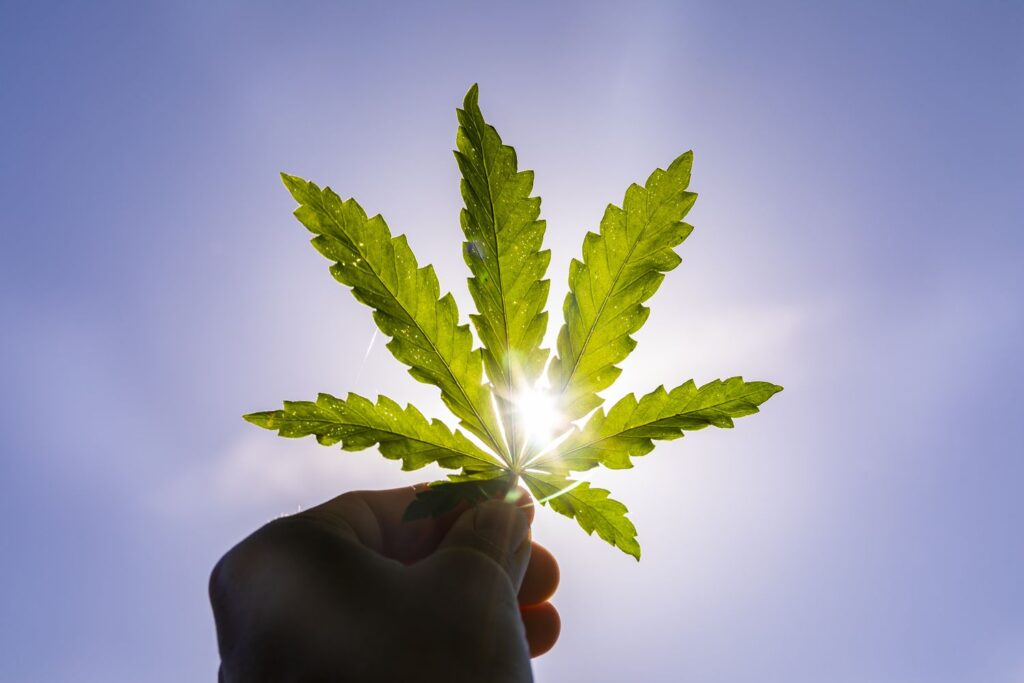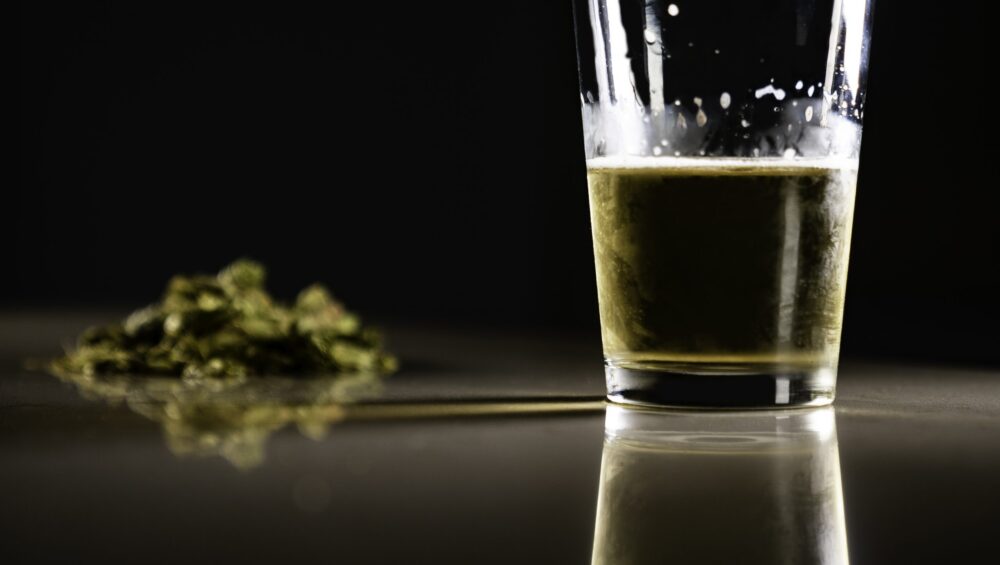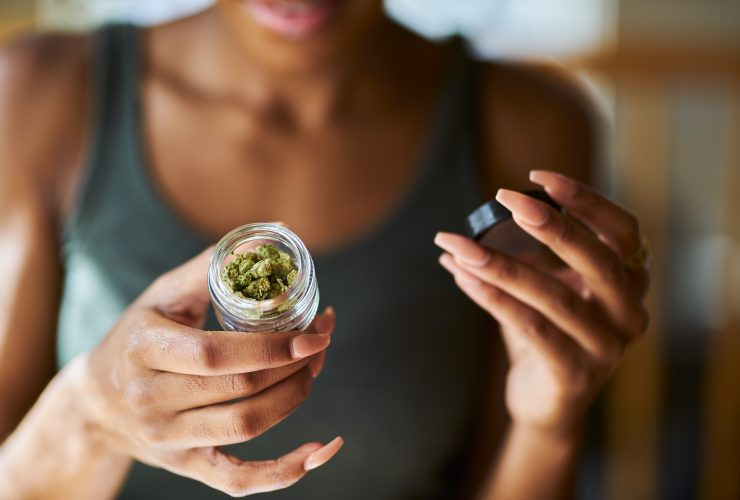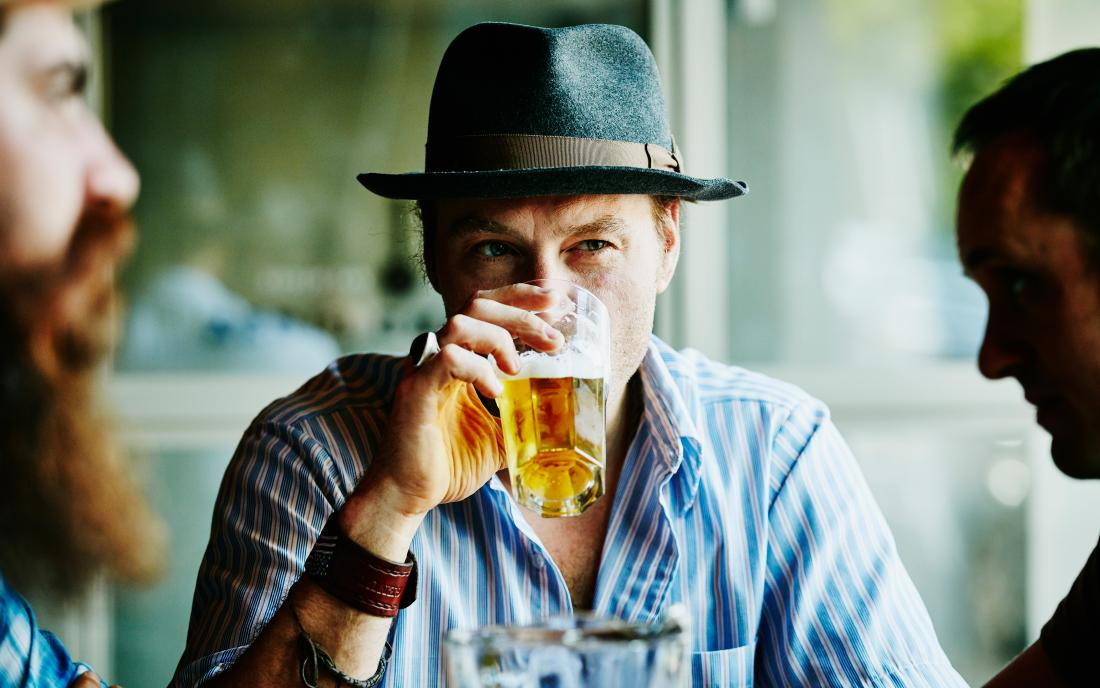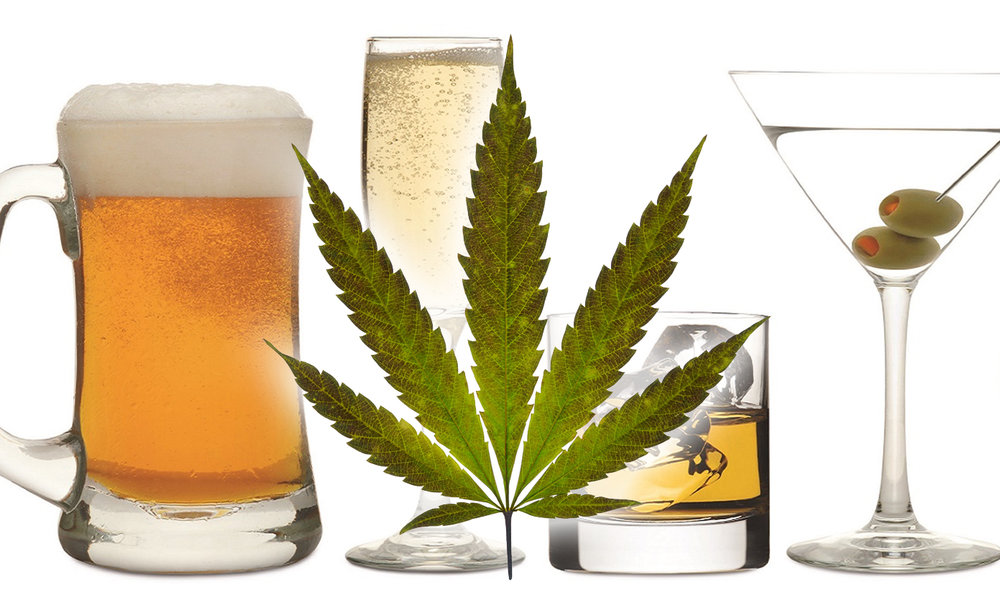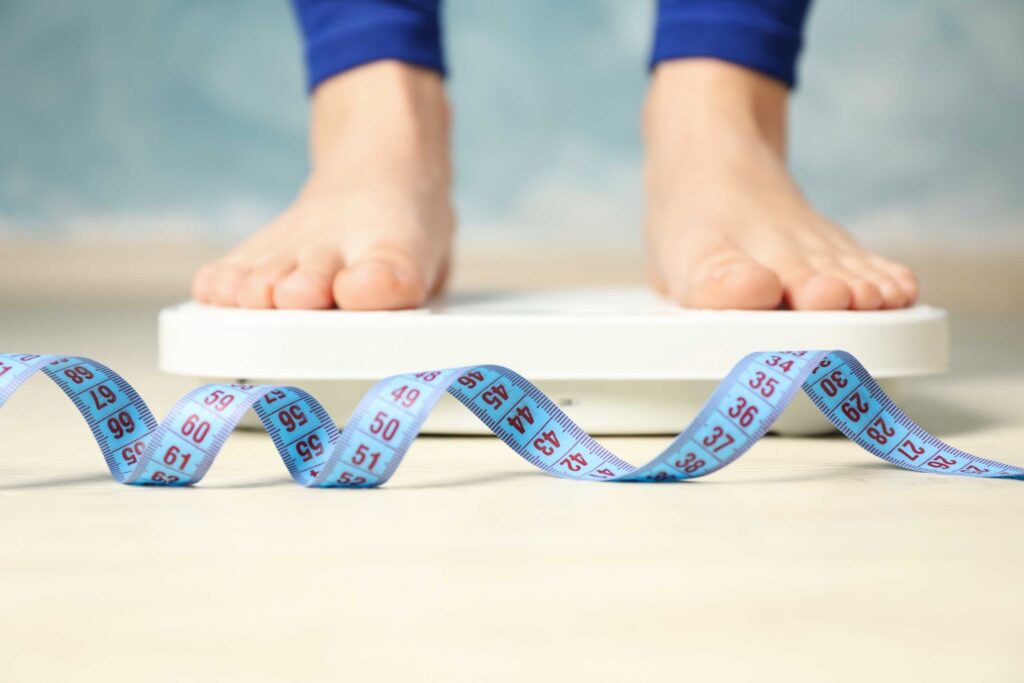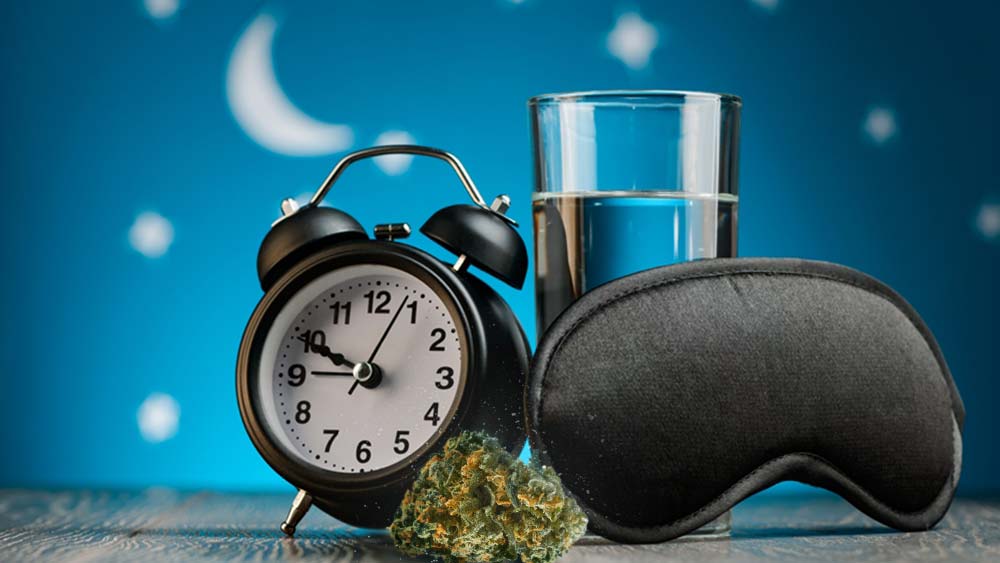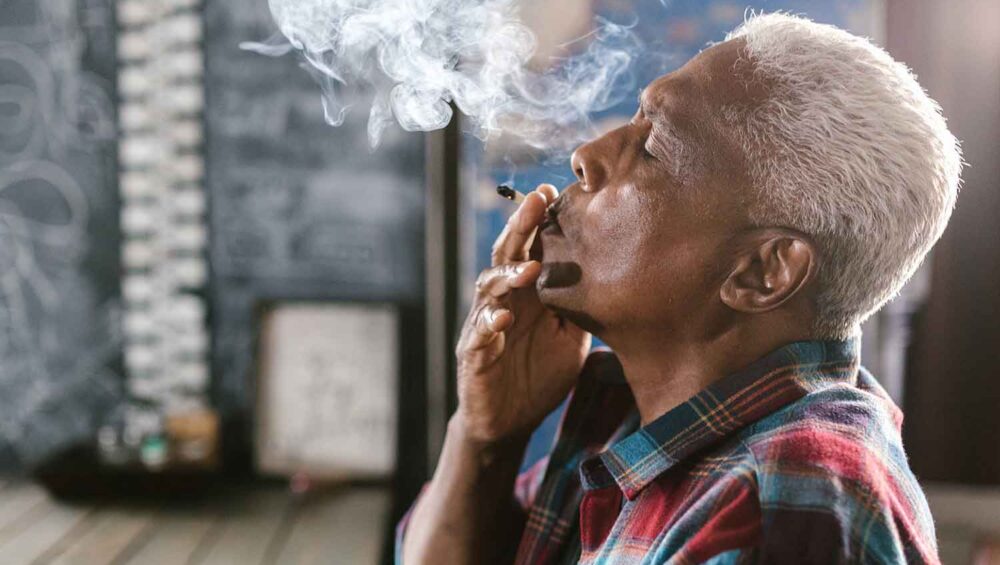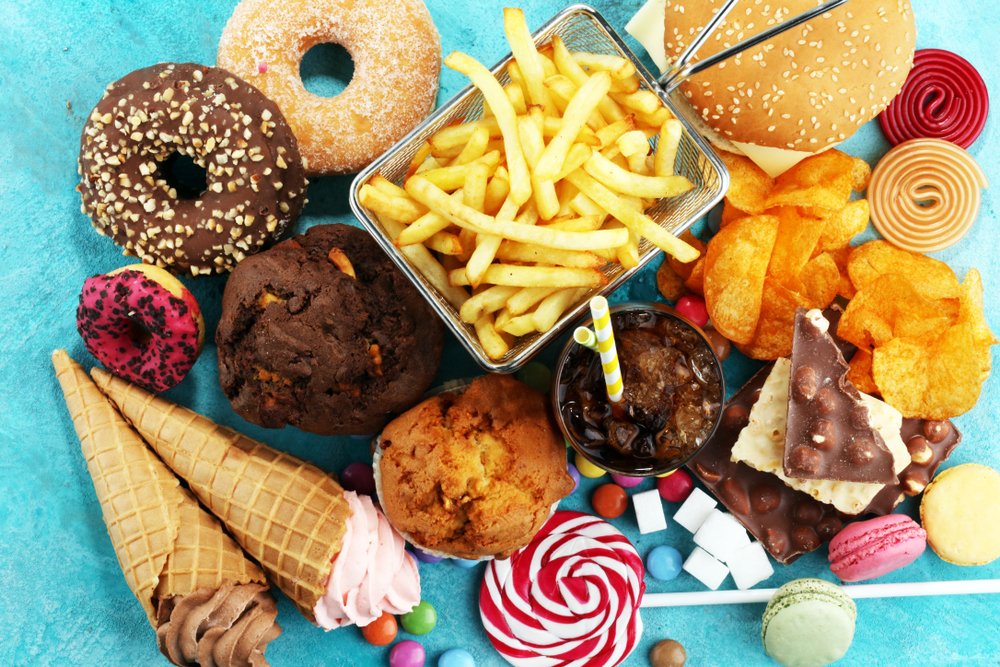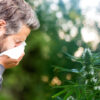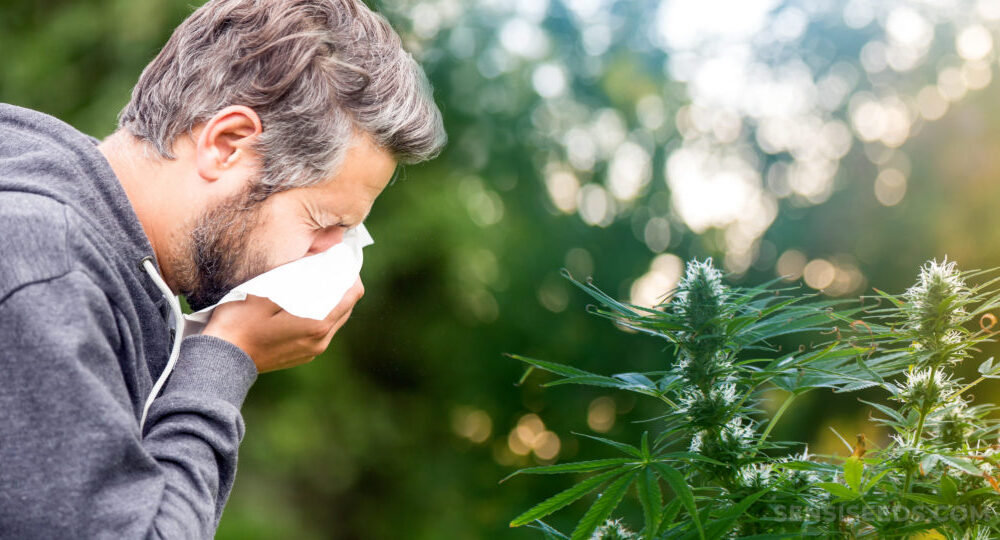
Cannabis Allergy: How to Identify the Symptoms
When it comes to cannabis use, there is much to learn and understand. While cannabis has many benefits, it is important to be aware of potential allergic reactions. Cannabis allergy is far less common than other allergies, but it is still a possibility and can cause severe symptoms.
People with an allergy may experience symptoms such as itching, hives, swelling, congestion, and shortness of breath. It is important to recognize the signs of an allergy and know how to manage it.
This article will discuss the symptoms of an allergy, what to look out for, and how to identify the symptoms. Knowing the signs of an allergy can help you stay safe and healthy when using cannabis products.
How Common are Cannabis Allergies?
Cannabis allergies are uncommon and less than 1% of people experience an allergic reaction to cannabis. Even so, it is important to be aware of the signs and symptoms of a cannabis allergy. It is also important to note that some of the symptoms of an allergy can vary from person to person.
While some people experience severe reactions, some only experience mild symptoms such as itchiness. It is important to note that a cannabis allergy can be mistaken for a cannabis intolerance. Allergies are immune system reactions whereas cannabis intolerance is a digestive system reaction.
Cannabis allergies have more severe symptoms and can be life-threatening whereas cannabis intolerance can cause mild discomforts such as nausea, diarrhea, and vomiting.
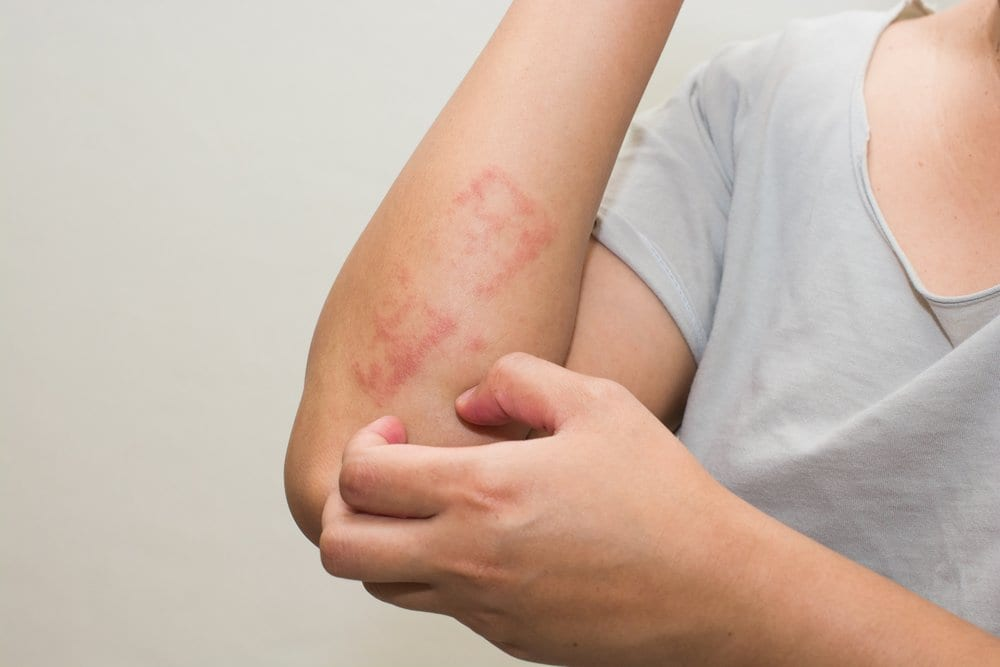
What are the Symptoms of Cannabis Allergies?
People who are allergic to cannabis may experience symptoms that include itchiness, hives, swelling, congestion, and shortness of breath. In some cases, people have experienced other symptoms such as nausea, vomiting, diarrhea, and contact dermatitis. These symptoms may vary from person to person and can be mild or severe.
It is important to note that the severity of these symptoms depends on how much cannabis you use. Common symptoms of a cannabis allergy include:
Symptoms
- Itchiness: This is one of the most common symptoms of a cannabis allergy. People who are allergic to cannabis may experience itchiness all over their bodies or in one specific area. This itchiness can be caused by a reaction to histamine, one of the chemicals that your body releases when you are allergic to something.
- Hives: Hives are small, raised red patches that appear on the skin. Hives are caused by an allergic reaction, in this case, to cannabis. Hives can appear anywhere on the body, but they are most often found on the arms and legs. Hives should be treated with antihistamines to reduce itchiness and swelling.
- Swelling: Swelling is a common sign of a cannabis allergy. Swelling can occur anywhere on the body, but it most often occurs in the face, eyes, lips, and tongue. Some people have experienced swelling in their lungs, which can cause difficulty breathing.
- Congestion: People who are allergic to cannabis may experience congestion in their nasal passages. This can cause stuffy or runny noses, sneezing, and coughing.
- Shortness of breath: Some people who are allergic to cannabis experience shortness of breath. This can be very dangerous and may require medical attention.
- Nausea: Some people who are allergic to cannabis experience nausea. In some cases, people also experience vomiting; this can be very dangerous if left untreated.
- Diarrhea: Some people experience diarrhea as a result of a cannabis allergy. This can be caused by a reaction to the chemicals in cannabis, such as THC.

How can Cannabis Allergies be Identified?
If you experience any of the symptoms listed above after using weed, it is important to consider the possibility of a weed allergy. Your first step should be to avoid cannabis, especially if your symptoms are severe. This will help you determine if your symptoms are related to cannabis use.
It is also important to note that exposure to cannabis can cause an allergic reaction even if you have used cannabis in the past without any adverse effects. People with a weed allergy should avoid using any products that contain cannabis. It is also recommended that people with an allergy avoid being in the vicinity of cannabis. This includes being in the same room as someone who is smoking cannabis or being in the same car as someone who is smoking it.
If you believe you have an allergy, it is important to see a doctor. Your doctor can assess your symptoms and determine if you are experiencing an allergic reaction. Your doctor will also be able to recommend a treatment plan to help relieve your symptoms.
Conclusion
While weed allergies are uncommon, it is important to be aware of the signs and symptoms. If you experience any of these symptoms after using cannabis, it is important to consider the possibility of an allergy.
It is also important to note that exposure to cannabis can cause an allergic reaction even if you have used cannabis in the past without any adverse effects. People with a weed allergy should avoid using any products that contain cannabis and be aware of their surroundings.

